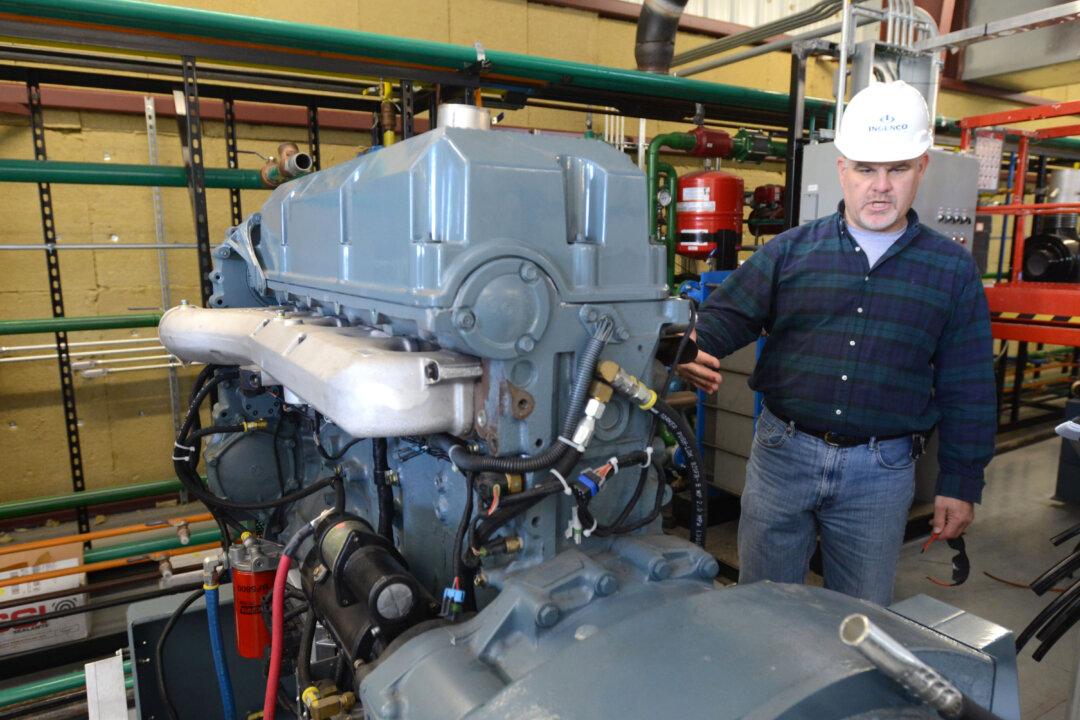BRISTOL, Va.—A Virginia firm expects to begin converting methane gas from the city’s landfill into electricity by year’s end.
Ingenco Resources Development, a Richmond-based energy production firm, is building a $4.5 million facility that will use gas created by rotting landfill garbage to fuel a series of engines. In turn, the engines will create electricity that will be sold to the Tennessee Valley Authority.
The worksite was a beehive of activity last week as contractors installed electrical wiring, set up the first of the converted commercial truck engines and performed dozens of other tasks needed to get the facility operational in December.
“Right now the city pulls the gas from wells in the landfill and flares (burns) it. Most landfills burn it because it controls their smell and it keeps them in EPA compliance,” said Tom Hecmanczuk, the company’s director of construction. “What we’re going to do is bring the gas into our plant and make energy.”
Ingenco has a contract to sell the electricity to TVA through a connection being extended to BVU’s East Bristol substation.
The company employs this same technology at 12 of the 17 energy plants it operates in Virginia, Maryland, Pennsylvania and North Carolina, Hecmanczuk said, noting that “it’s not rocket science.”
At its absolute peak, the plant is designed to produce 6 megawatts of power, which is roughly equivalent to the electricity needed to power about 6,000 homes.
“We build modularly. We use six engines, which we call a six-pack, and that generates about 2 megawatts of electricity. In this case we are putting three six-packs in there so nominally we could create 6 megawatts,” Hecmanczuk said. “We can put another one in and, if they start generating a whole bunch of gas, we can expand the building and put more in. It’s an art more than a science and it’s hard to predict.





